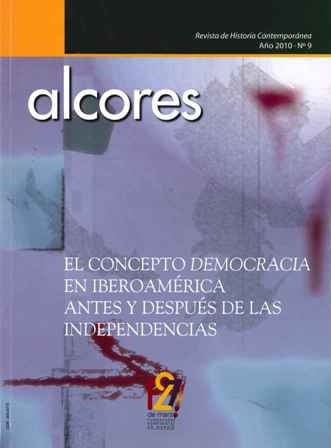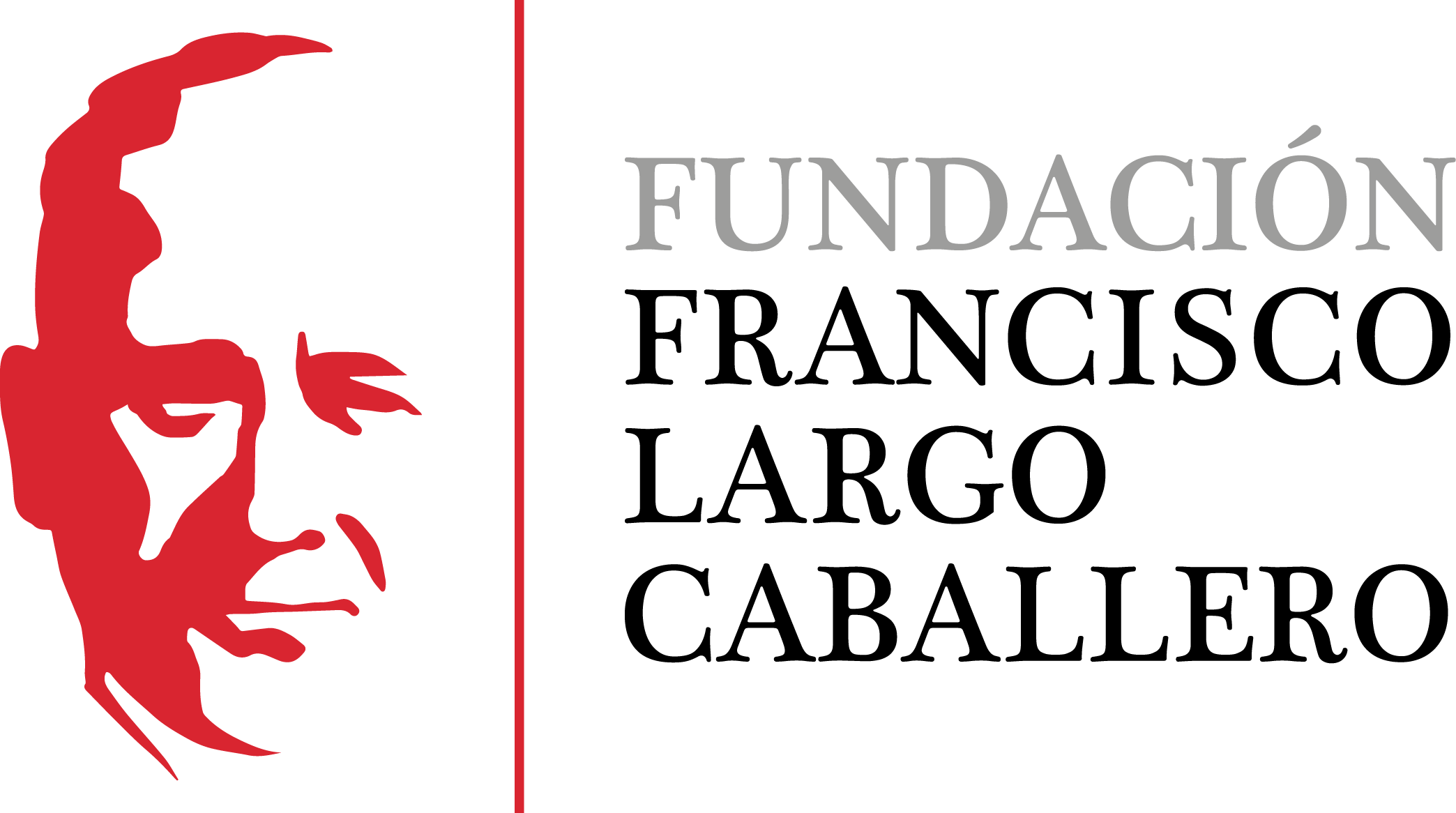From the «Riffraff's Despotism» to the «Washed Tie Democracy»
History of the Concept Democracy in Brazil (1770-1870)
DOI:
https://doi.org/10.69791/rahc.193Keywords:
History of concepts, Democracy, Brazil, 19th century, Liberals, ConservativesAbstract
This article attempts to provide a history of the concept of democracy in Brazil between 1770 and 1870, during which prevailed in the period a strong tension between the concepts of representative government and democracy. Conservatives interpreted the constitutional monarchy as a mixed government, rejecting democracy as incompatible with the unique character of the Brazilian population, slave, illiterate and irregularly distributed throughout the country. Although critics of the Conservatives, attacked as aristocrats, the Liberals maintained a very ambiguous relationship to democracy, as they feared the egalitarian pretensions of the lower classes, including slaves. Therefore, they preferred to reconcile with the constitutional monarchy representative, postponing his ideals for a democratic republican or distant future. This fact did not prevent them from defending an interpretation more «democratic», ie parliamentary and Federal, of the Monarchy.
Downloads
Global Statistics ℹ️
|
86
Views
|
21
Downloads
|
|
107
Total
|
|
Downloads
Published
How to Cite
Issue
Section
License
Copyright (c) 2011 Christian Edward Cyril Lynch

This work is licensed under a Creative Commons Attribution 4.0 International License.
Alcores is an open-access journal. It provides unrestricted access to its content from the moment of publication. We respect intellectual property rights, and for this reason, the author retains the copyright. All content is distributed under a Creative Commons Attribution 4.0 International (CC BY 4.0) license. The terms of the license can be consulted at: https://creativecommons.org/licenses/by/4.0/
This license allows sharing (copying and redistributing the material in any medium or format) and adapting (remixing, transforming, and building upon the material for any purpose), provided that authorship and first publication in this journal are properly credited, a link to the license is included, and any changes made are indicated.
This type of license facilitates the freedom of reuse and ensures that the content of this journal can be used to meet research needs.





